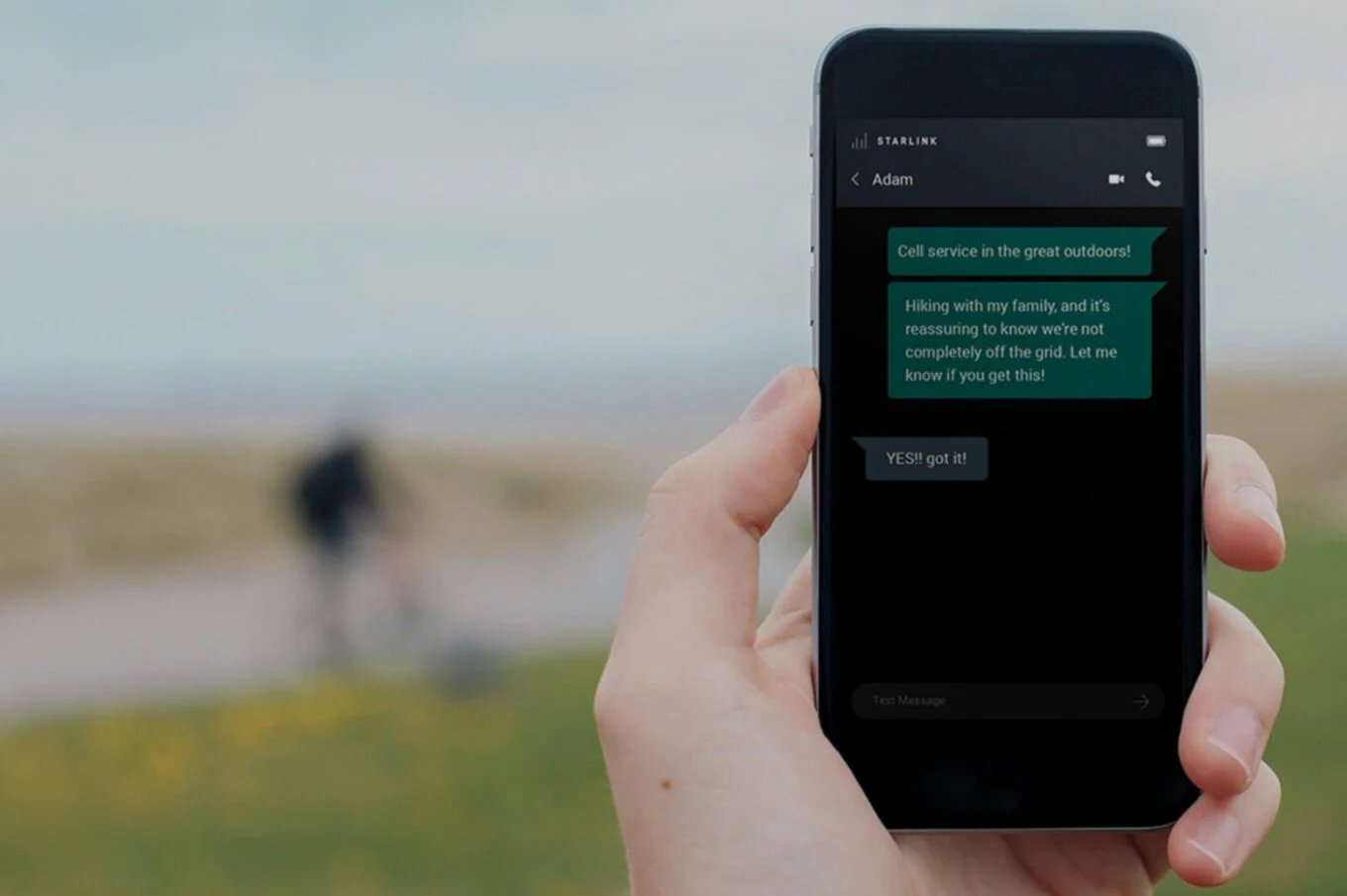T-Mobile and Starlink, the satellite subsidiary of SpaceX, are moving forward on a project that could well change the way we stay connected. Their “T-Mobile Starlink direct-to-cell” service has received approval from the FCC (Federal Communications Commission) and is preparing for a test phase in 2025.
A service that could be improved
To start, only SMS will be supported. Calls and internet access will arrive later. T-Mobile customers with a compatible plan and smartphone will be able to sign up for free, but places are limited. Priority will be given to emergency services, such as firefighters and rescue workers, and individuals in remote areas.
This service has already been temporarily tested during hurricanes Helene and Milton, where it allowed residents cut off from the network to receive vital alerts and send messages. Even if the full constellation of satellites is not yet in place, these tests have shown real potential, particularly for strengthening communication in the event of a natural disaster.
T-Mobile and Starlink’s goal is not lacking in ambition: to cover the 1.3 million square kilometers in the United States that currently have no access to traditional mobile networks. The principle is simple: allow phones to pick up a satellite signal as if they were using a traditional antenna. “ This will work in most outdoor areas where the sky is clear », promet T-Mobile.
The service is already in operation elsewhere. In New Zealand, operator One NZ is already using Starlink satellites to provide a nationwide messaging service, particularly useful in underserved rural areas. However, this technology can still be improved. In New Zealand, it can take up to 10 minutes to send a text message, a delay that could put off impatient users.
Subscribe to WorldOfSoftware
Another limitation: few phones are compatible. Currently, a handful of Samsung and Oppo models are supported, including the Galaxy Z Flip 6 and S24. This list is expected to expand, but for now, this is holding back mass adoption of the service. Finally, if One NZ customers with a monthly plan benefit from this service for free, we still do not know what the offer will cost for new subscribers or other types of contracts.
Despite these obstacles, the initiative by T-Mobile and Starlink could meet a pressing need in regions poorly covered by traditional antennas. The project is also attracting interest from other countries: Starlink has signed similar partnerships with operators in Japan, Peru, Switzerland and Chile. The first tests next year will make it possible to measure whether the promise keeps its commitments.
🟣 To not miss any news on the WorldOfSoftware, , .




/cdn.vox-cdn.com/uploads/chorus_asset/file/25803039/2190571551.jpg)






